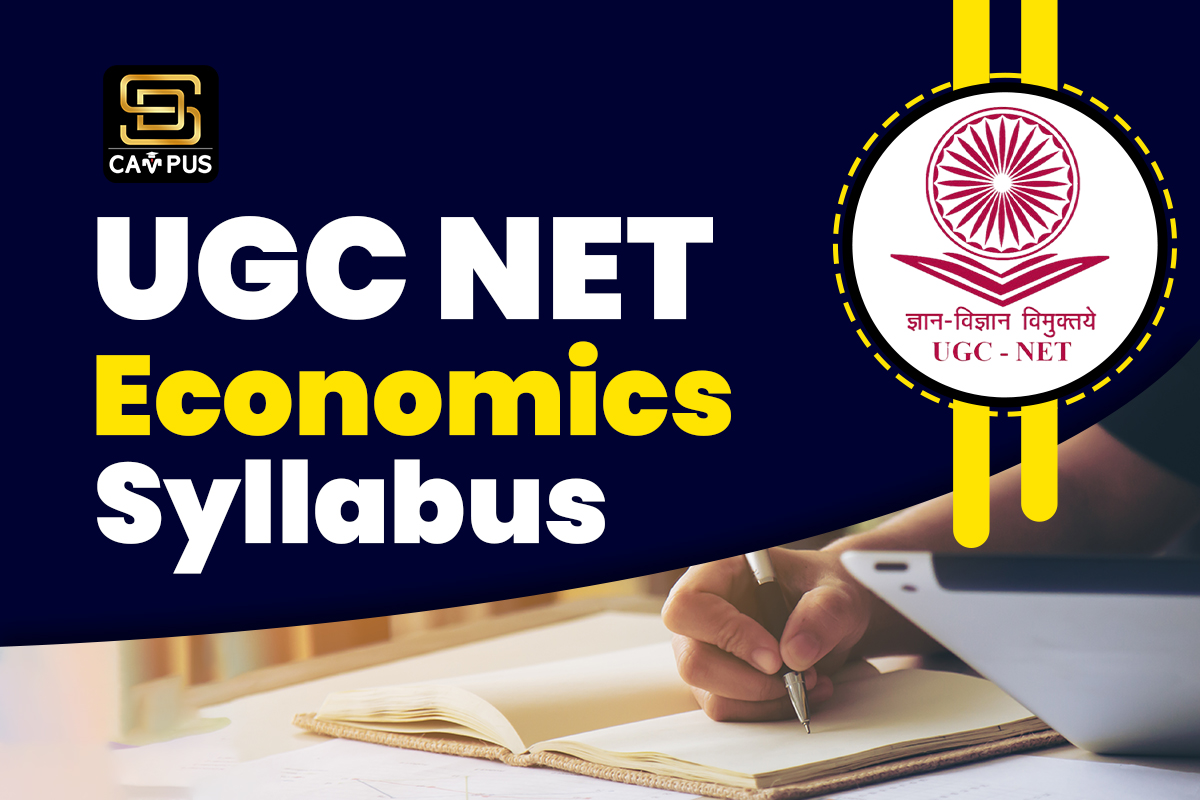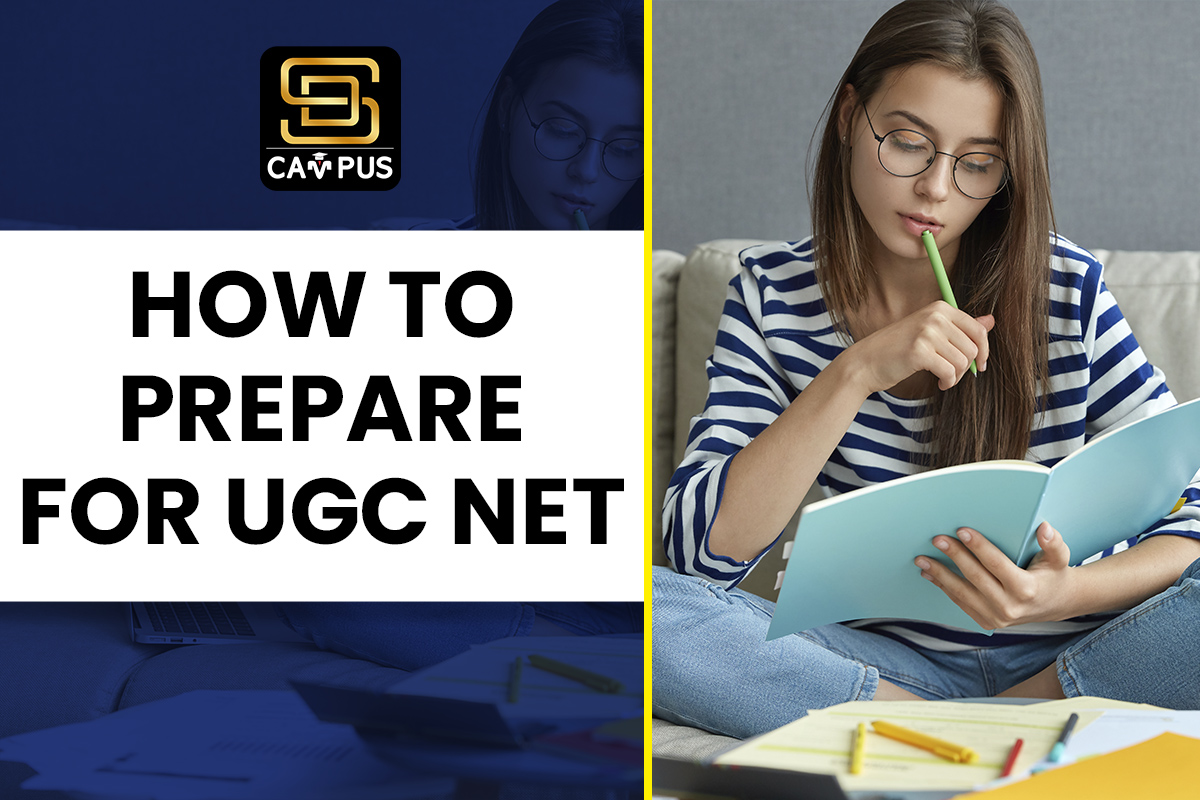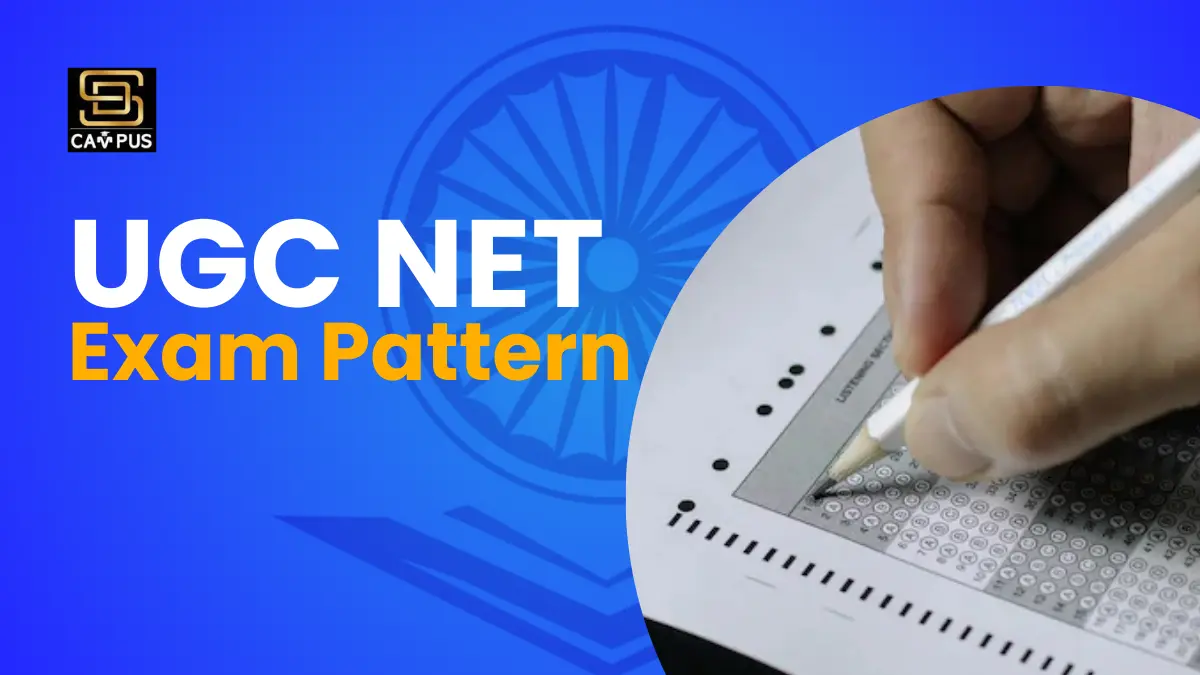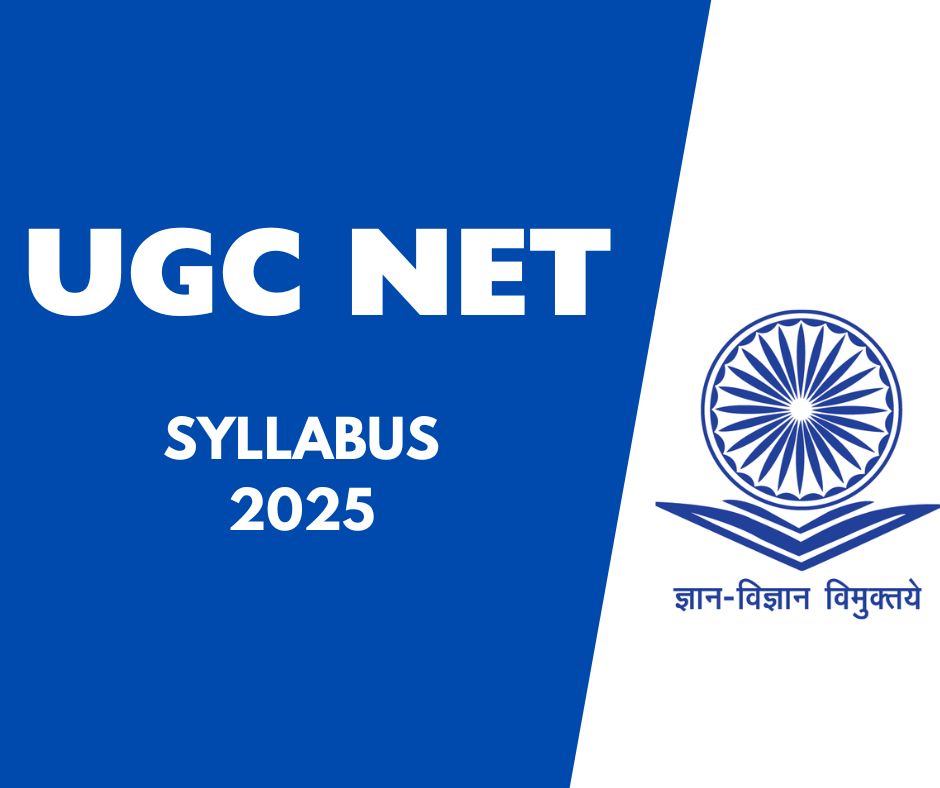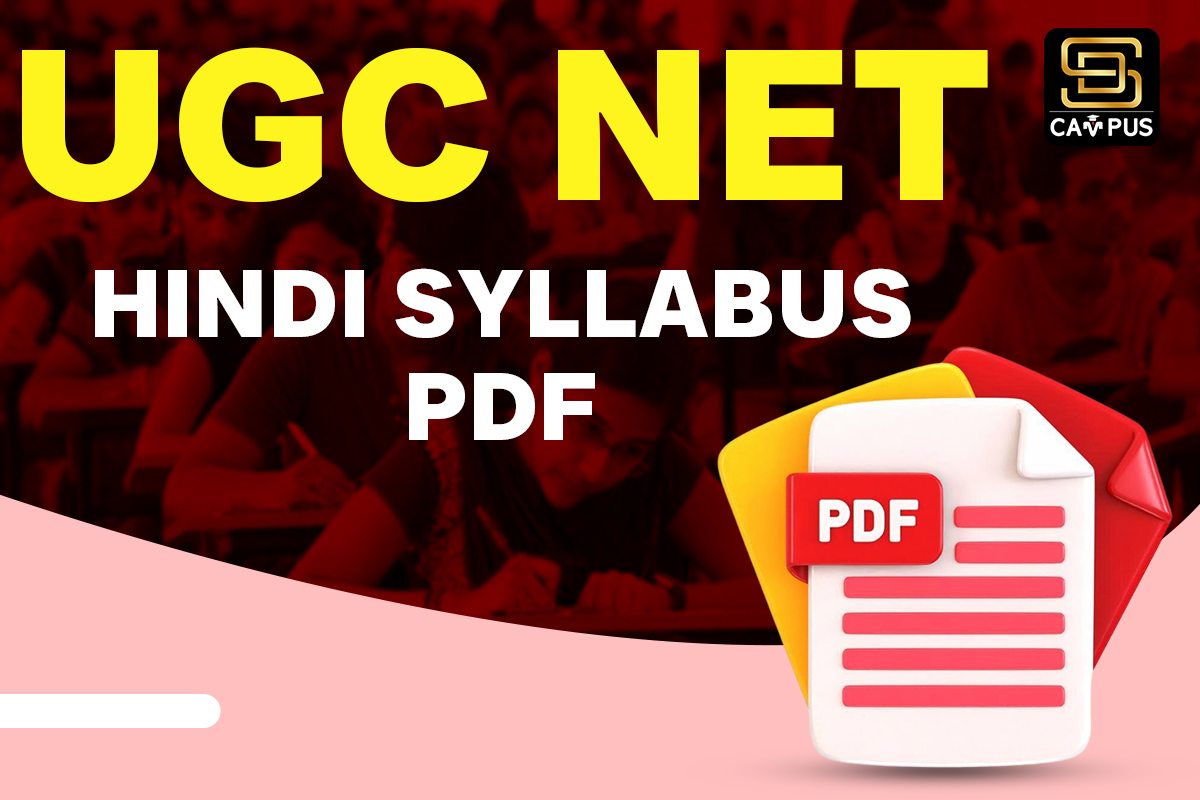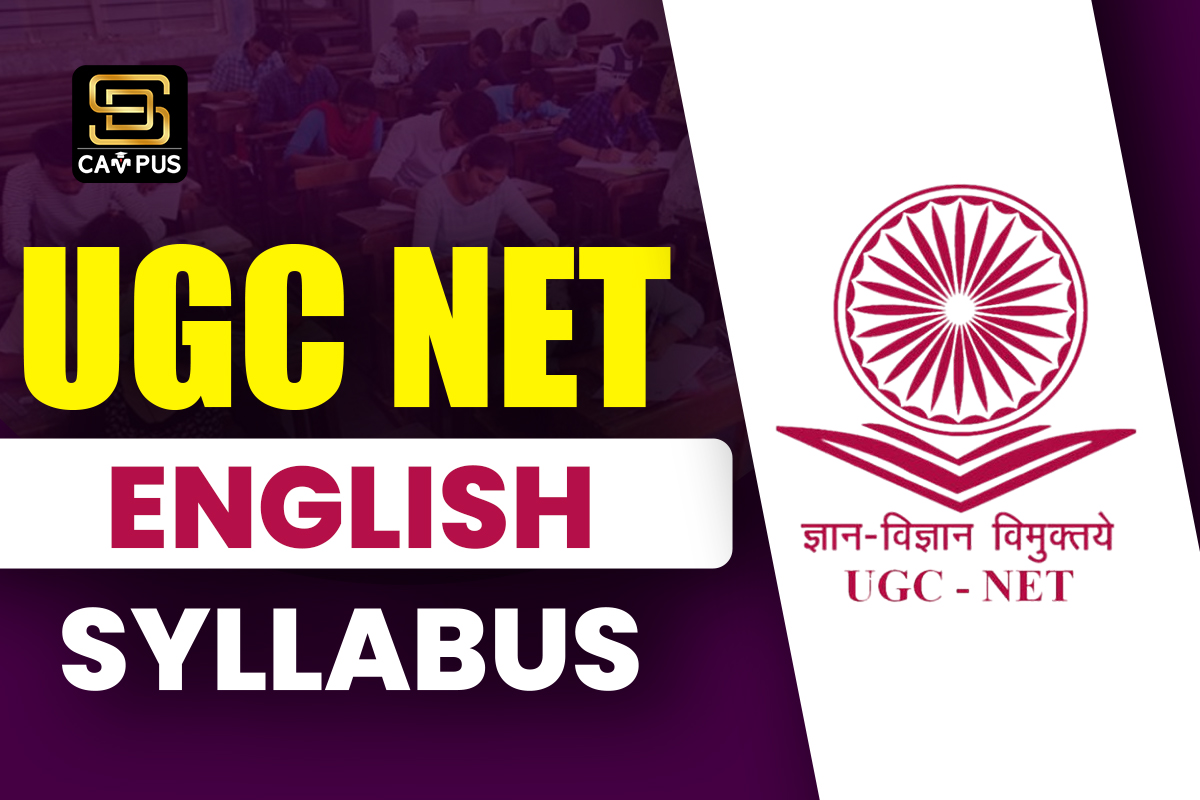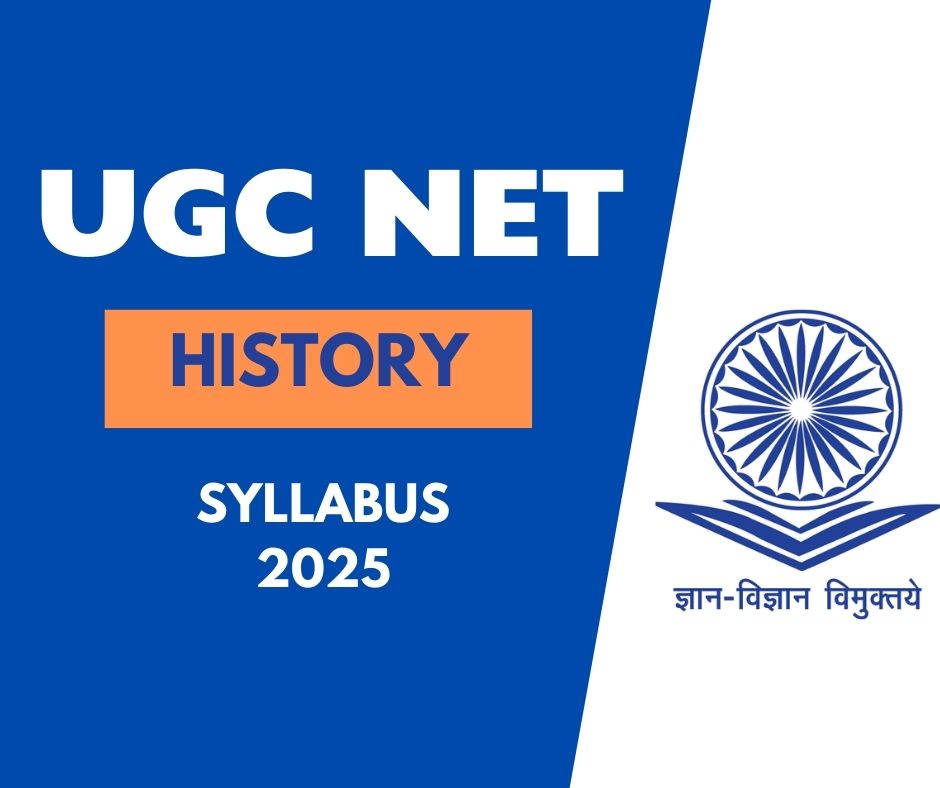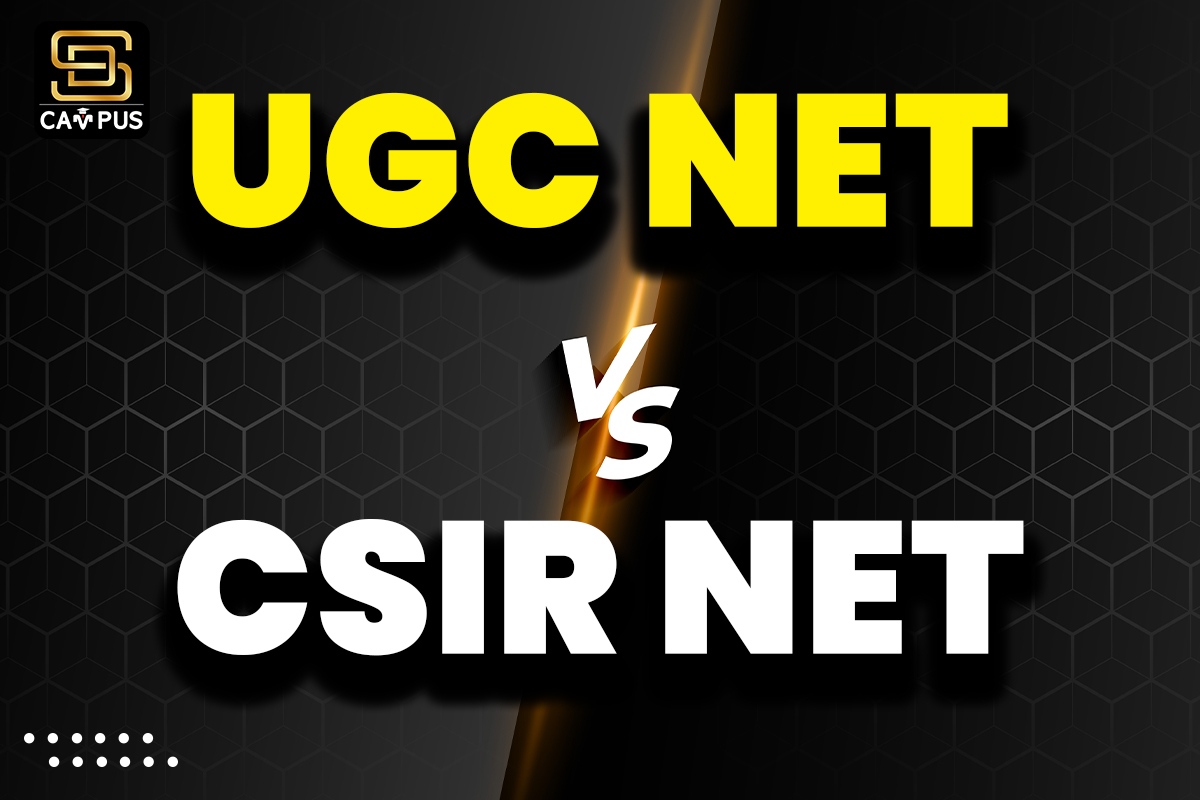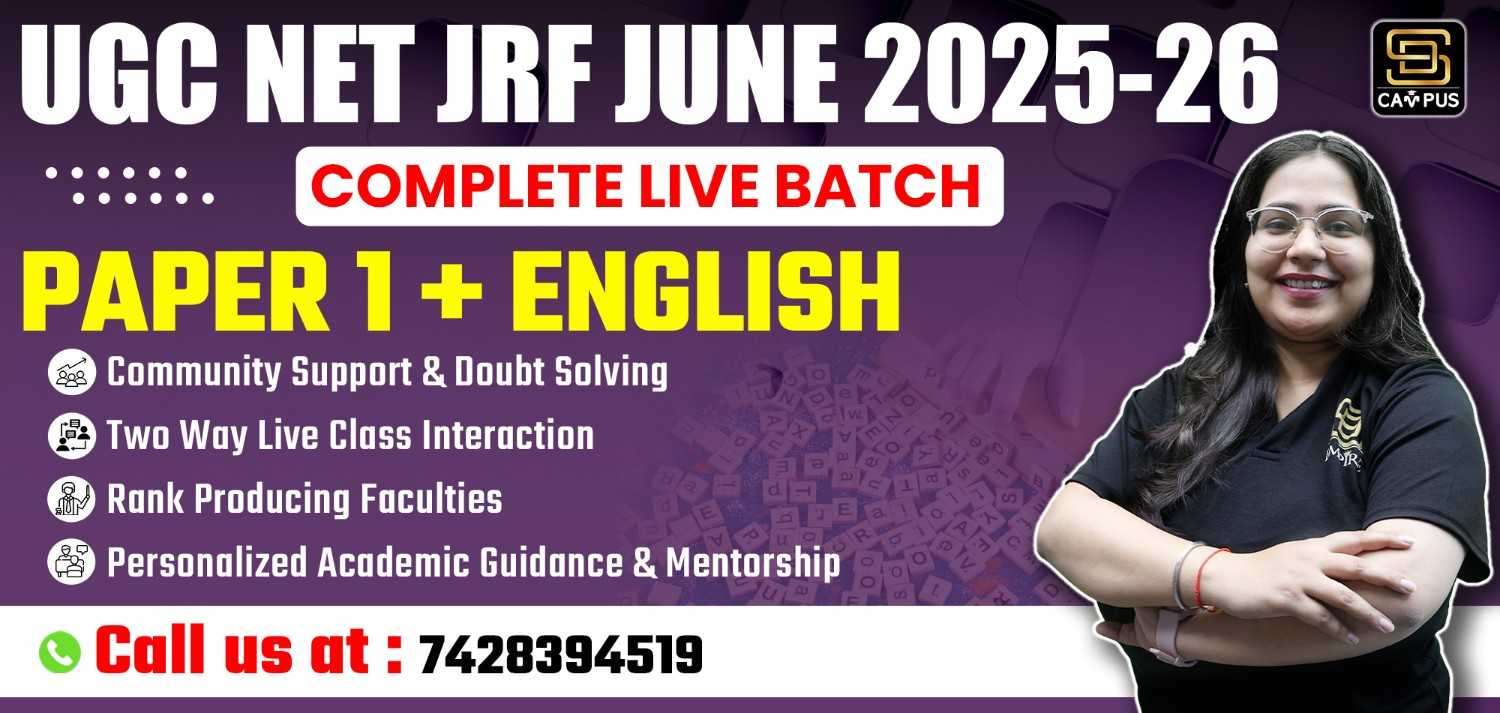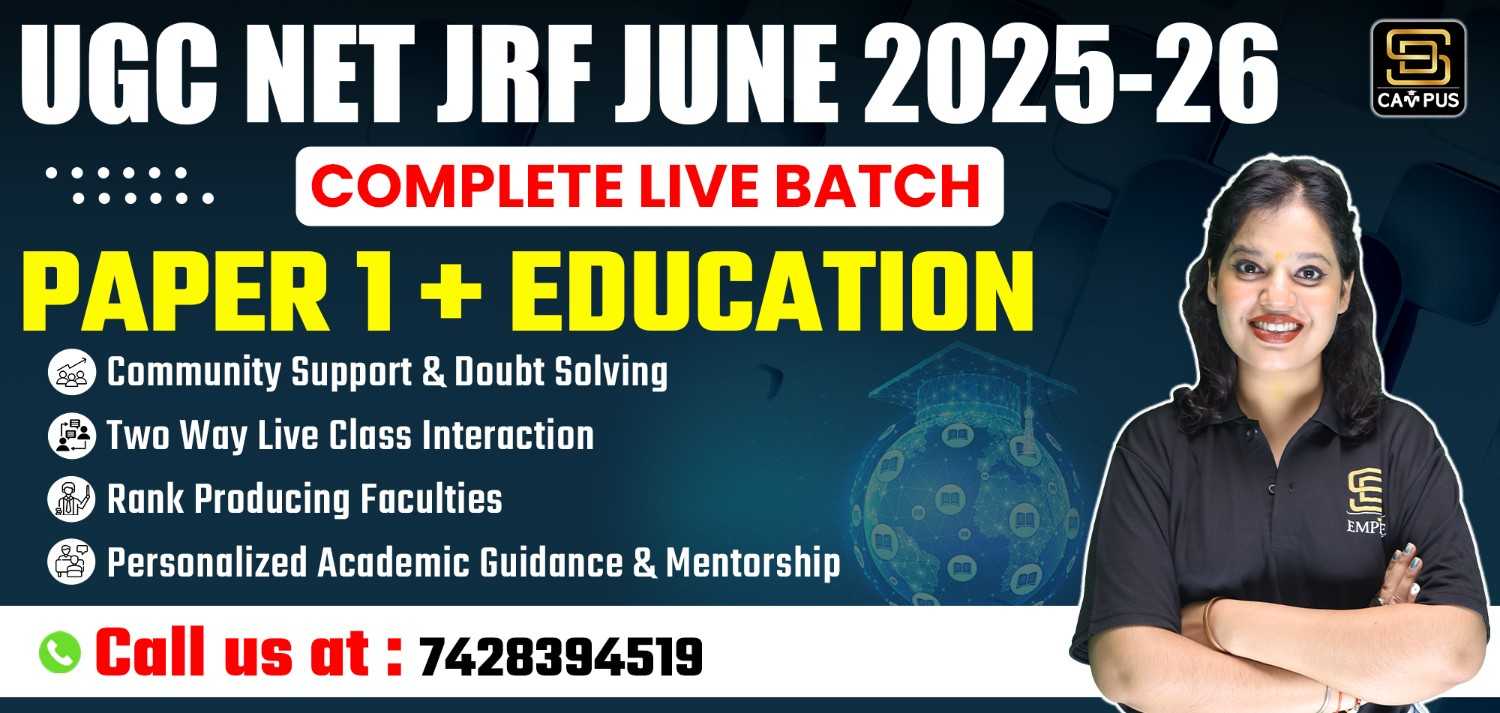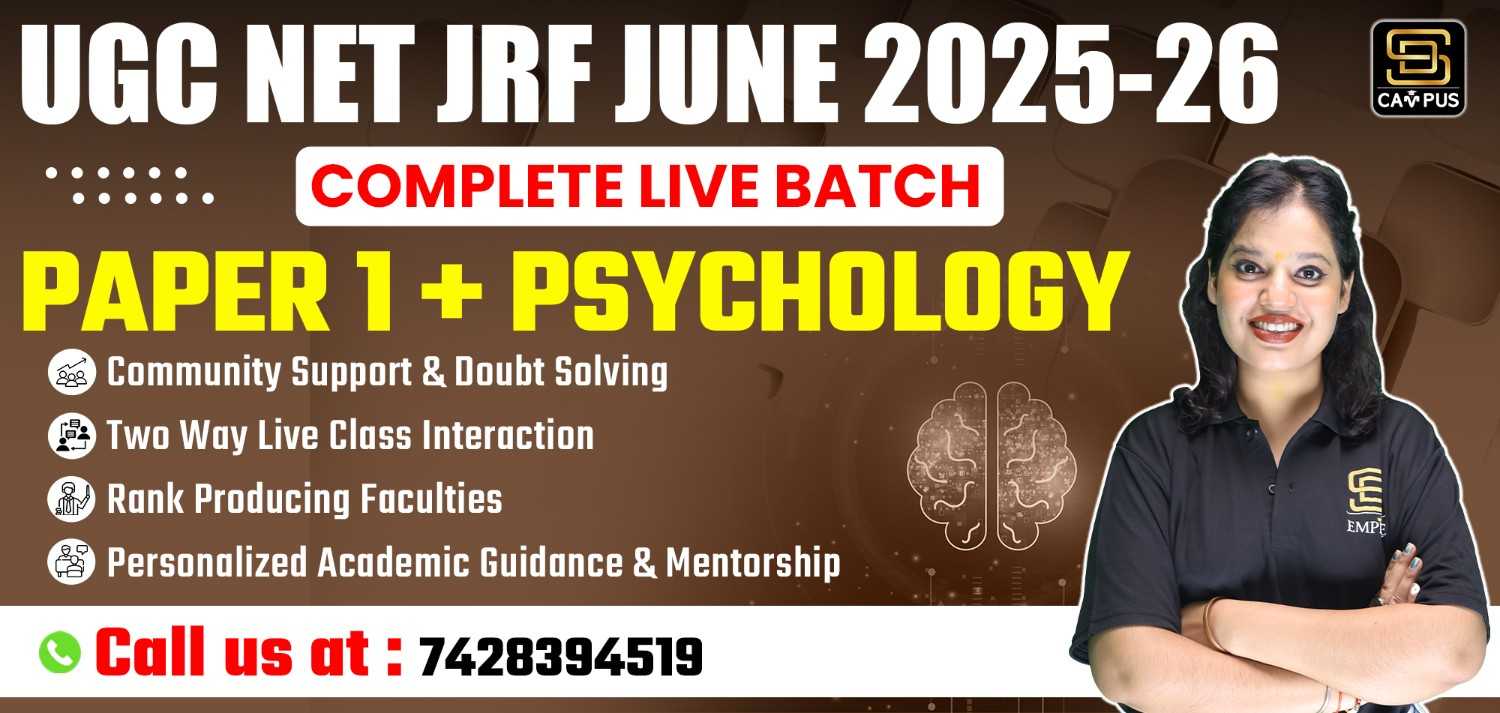UGC NET Economics Syllabus covers all the topics candidates need to prepare for the Economics NET 2025 exams. Soon, the exam dates will be announced for the UGC NET June 2025 session. To continue reading the article to discover the exam pattern, syllabus, and preparation strategy to qualify for the UGC NET Paper 2 Economics.
Table of Contents
ToggleUGC NET Economics Syllabus
University Grant Commission releases the UGC NET Economics syllabus for the aspirants. The National Eligibility Test (NET) is the qualifying exam to become an Assistant Professor, JRF, or PhD.
Anyone with 55% marks in a master’s degree in economics or a related qualification can appear for the NET exam for the economics subject.
UGC NET Economics Syllabus Highlights
Here is an overview of details regarding the UGC NET Economics syllabus and exam:
| Exam Name | UGC NET Economics |
| Post |
|
| Exam Conducting Body | National Testing Agency |
| Exam Level | National Level |
| Exam frequency | Twice (June and December) |
| Mode of Exam | Online |
| Medium of Exam | English and Hindi |
| Time Duration | 3 Hours |
| Papers 1 | General |
| Papers 2 | Economics |
| Total Marks | Paper 1: 100 marks
Paper 2: 200 marks |
| Official Website | ugcnet.nta.nic.in |
UGC NET Economics Syllabus PDF
You can download the PDF of the UGC NET Economics syllabus by visiting the official site of UGC NTA. The syllabus is available in detail in two languages. You can download in your preferred language(Hindi or English).
UGC NET Economics Syllabus PDF Hindi
Candidates whose medium of exam language is going to be Hindi can download the UGC NET Economics syllabus PDF in Hindi. It is to aid the students who have gained throughout their education in the Hindi medium. Candidates can visit the official site or click the link below to directly download the Economics NET syllabus PDF.
UGC NET Economics Syllabus Paper 1
The topic for the UGC NET Economics Paper 1 is meant to check the teaching or research aptitude of the candidates. Additionally, the questions will focus on evaluating the general awareness and knowledge of the interaction between people and the structure of arguments.
- Teaching Aptitude
- Mathematics and reasoning
- Research Aptitude
- Comprehension
- Communication
- Logical reasoning
- Data Interpretation
- Information and Communication Technology (ICT)
- People, Development and Environment
- Higher Education System
UGC NET Economics Syllabus Paper 2
UGC NET Economics Paper 2 is all about evaluating the in-depth knowledge of the candidate regarding macro, micro, and other specific economics topics. Learn the details of all the important units below for UGC NET paper 2 economics:
| Unit | Topic | Detail |
| 1 | Micro Economics | Theory of Consumer Behaviour Theory of Production and Costs Decision making under uncertainty Attitude towards Risk Game Theory – Non-Cooperative games Market Structures, competitive and non-competitive equilibria and their efficiency properties Factor Pricing General Equilibrium Analysis Efficiency Criteria: Pareto-Optimality, Kaldor – Hicks and Wealth Maximization Welfare Economics: Fundamental Theorems, Social Welfare Function Asymmetric Information: Adverse Selection and Moral Hazard |
| 2 | Macro Economics | National Income: Concepts and Measurement Determination of output and employment: Classical & Keynesian Approach Consumption Function Investment Function Multiplier and Accelerator Demand for Money Supply of Money IS-LM Model Approach -2- Inflation and Phillips Curve Analysis Business Cycles Monetary and Fiscal Policy Rational Expectation Hypothesis and its critique |
| 3 | Mathematical Economics | Sets, functions, and continuity, sequence, series, Differential Calculus and its Applications Linear Algebra – Matrices, Vector Spaces Static Optimization Problems and their applications, Input-Output Model, Linear Programming, Difference and Differential equations with applications |
| 4 | Statistics and Econometrics | Probability Theory: Concepts of probability, Distributions, Moments, Central Limit theorem Descriptive Statistics – Measures of Central tendency & dispersions, Correlation, Index Numbers Sampling methods & Sampling Distribution Statistical Inferences, Hypothesis testing Linear Regression Models and their properties – BLUE Identification Problem Simultaneous Equation Models – recursive and non-recursive Discrete choice models Time Series Analysis |
| 5 | International Economics | International Trade: Basic concepts and analytical tools Theories of International Trade International Trade under imperfect competition Balance of Payments: Composition, Equilibrium and Disequilibrium and Adjustment Mechanisms Exchange Rate: Concepts and Theories Foreign Exchange Market and Arbitrage Gains from Trade, Terms of Trade, Trade Multiplier -3- Tariff and Non-Tariff barriers to trade; Dumping GATT, WTO and Regional Trade Blocks; Trade Policy Issues IMF & World Bank |
| 6 | Public Economics | Market Failure and Remedial Measures: Asymmetric Information, Public Goods, Externality Regulation of Market – Collusion and Consumers’ Welfare Public Revenue: Tax & Non-Tax Revenue, Direct & Indirect Taxes, Progressive and non-progressive Taxation, Incidence and Effects of Taxation Public expenditure Public Debt and its management Public Budget and Budget Multiplier Fiscal Policy and its implications |
| 7 | Money and Banking | Components of Money Supply, Central Bank, Commercial Banking Instruments, and Working of Monetary Policy, Non-banking Financial Institutions, Capital Market, and its Regulation |
| 8 | Growth and Development Economics | Economic Growth and Economic Development Theories of Economic Development: Adam Smith, Ricardo, Marx, Schumpeter, Rostow, Balanced & Unbalanced growth, Big Push approach. Models of Economic Growth: Harrod-Domar, Solow, Robinson, Kaldor. Technical progress – Disembodied & embodied; endogenous growth. Indicators of Economic Development: PQLI, HDI, SDGs. Poverty and Inequalities – Concepts and Measurement. Social Sector Development: Health, Education, Gender |
| 9 | Environmental Economics and Demography | Environment as a Public Good Market Failure Coase Theorem Cost-Benefit Analysis and Compensation Criteria Valuation of Environmental Goods Theories of Population Concepts and Measures: Fertility, Morbidity, Mortality Age Structure, Demographic Dividend Life Table Migration |
| 10 | Indian Economy | Economic Growth in India: Pattern and Structure Agriculture: Pattern & Structure of Growth, Major Challenges, Policy Responses Industry: Pattern & Structure of Growth, Major Challenges, Policy Responses Services: Pattern & Structure of Growth, Major Challenges, Policy Responses Rural Development – Issues, Challenges & Policy Responses Urban Development – Issues, Challenges and Policy Responses. Foreign Trade: Structure and Direction, BOP, Flow of Foreign Capital, Trade Policies, Infrastructure Development: Physical and Social; Public-Private Partnerships Reforms in Land, Labour and Capital Markets, Centre-State Financial Relations and Finance Commissions of India; FRBM, Poverty, Inequality & Unemployment |
Strategy to Prepare for UGC NET Economics Syllabus
Since the UGC NET economics syllabus is wide and has several topics, a strategy is important. It will aid and ensure that your preparation is systematic and smooth. This way, candidate will be able to cover the syllabus and prepare every aspect to increase their chances of success in the UGC NET exam.
Check the pointers below for expert-suggested ways to strategies the study plan:
- First, read and analyze the UGC NET Economics syllabus, along with the exam pattern, and then divide the available time for studying the syllabus topics, revising, and practicing sample papers.
- Understand the repeated topics or questions by going through the previous year’s question papers. Ensure to practice those questions as a priority.
- When studying the syllabus, make sure to make short notes on the topics. This is the best practice to memorize things. Later, these can help you with revision.
- Practice sample papers, mock tests, and previous year questions. Also, set a timer and practice to finish the question paper on time.
|
Related Articles |
|
| UGC NET Exam Pattern | UGC NET Previous Year Question Papers |
| Tips to crack UGC NET | |
Frequently Asked Questions
Ques 1: What is the exam pattern of UGC NET economics?
Ans 1: The UGC NET Economics paper has 150 questions for 300 marks.
Ques 2: What is the eligibility to appear for the UGC NET Economics?
Ans 2: Candidate should have passed a master’s degree with 55% marks.
Ques 3: How do I qualify for UGC NET Economics?
Ans 3: To qualify for the UGC NET exam, candidates’ scores should be at least 40 percent in both papers.
Ques 4: What are the previous year’s cut-off marks for UGC NET Economics?
Ans 4: The previous year’s cut-off for the UGC NET exam Economics for assistant professors is 182 marks and 210 marks for JRF.
Ques 5: How to crack the UGC NET 2025 Economics exam in the first attempt?
Ans 5: To clear UGC NET Economics, make a study plan allowing time for all the topics, revision, and sample question paper practice sets.
Archna is a University of Delhi graduate. She has 2 years of experience as a Content Writer in education, finance, and tech writing. She aims to create informative, clear, and concise user-friendly content. For the SD campus, she writes for: Teaching exams, Government Jobs, and School Entrance exams.

